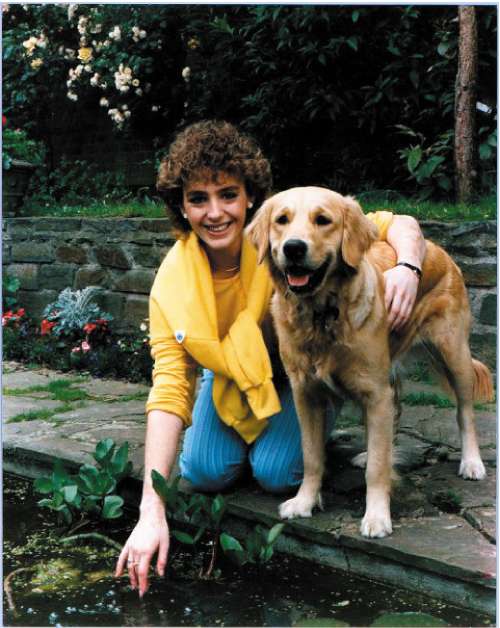Worthy of listed status, Percy Thrower's Blue Peter garden

Mention the words "Italian sunken garden" and almost everyone who grew up in Britain in the latter part of the 20th century will immediately know what is being discussed.
The Blue Peter garden – home to a bust of Petra, the first Blue Peter pet, a plaque to its designer Percy Thrower and the grave of George the tortoise – achieved iconic status in the minds of millions of Britons.
Now this patch of greenery in west London, which is "smaller than it looks on TV" according to BBC insiders, is likely to be protected from redevelopment.
English Heritage is recommending that the core parts of the 58-year-old BBC Television Centre, on Wood Lane, should be given a grade-II listing.
The BBC is reportedly considering selling the building, but the heritage watchdog said it had "strongly urged" the Secretary for Culture, Media and Sport to recognise its "extraordinary cultural and architectural significance".
Television Centre was home to Top of the Pops, early Doctor Who, the Children in Need programmes and Terry Wogan's shows, but it was Blue Peter that became part of the national psyche.
Peter Beacham, heritage protection director for English Heritage, said: "The nation has an immense fondness for this building and what it represents for our culture. We all feel we know areas such as the Blue Peter garden and the studios, where people have watched significant moments in broadcasting over the past 50 years.
"Blue Peter is an instance of a programme that has had a great influence on the way things here have developed – stuff that was done there at Television Centre affected the way Britain has been in the second half of the 20th century."
English Heritage said that the central building itself was an example of "very good 1950s design" with "dazzling mosaics, a gilded statue of Helios and the familiar pattern of atom-like discs on the front".
The distinctive drum-shaped core of the centre, which houses the offices and main studios; the scenery workshop with its barrel-vaulted ceiling and rows of circular rooflights; and the "light and airy" canteen should all be protected, according to English Heritage.
In 2011, the BBC is moving its children's television department to Manchester and it is believed this will involved the creation of a new Blue Peter garden.
The plaque to Thrower, along with a bronze bust of Petra and the most recent time capsule are expected to be taken north, but more serious alterations to the original garden would require listed building consent if the Government agrees with English Heritage's recommendation.
The prospect of the sunken garden being covered in asphalt would horrify many. When vandals caused serious damage to the garden in 1983, there was widespread shock: plants were trampled, flagstones hauled up and various pieces of garden stonework smashed. Oil was also poured into the pond, killing several fish.
The BBC said it was "happy to discuss" any proposal for listing with English Heritage, adding that it would make its views on the historic and architectural merit of Television Centre known to the Government.
"The BBC has announced that it does not intend to occupy the whole of Television Centre after 2012, but any reference to detailed development plans is premature," it added.
Weird and wonderful listed buildings
A glorified garden shed in Horham, Suffolk, became a grade-II listed building when the Government agreed the small brick structure should be protected as the place where Benjamin Britten composed some of his later works, including Phaedra and Death in Venice.
* A scattering of small concrete buildings might seem insignificant, but Bawdsey Radar Station is a grade-II listed building nevertheless. It became operational in 1936 and was the first radar installation in the world, helping to win the Battle of Britain.
*Listing a former pie shop might sound unusual, but then so is No 41 Kingsland High Street, in Dalston, London. Now a Chinese restaurant, it was built as a stylish eel and pie shop in 1862. Intertwined eels can be seen on mirror frames, delft-style tile pictures show scenes of Thames barges and there is a frieze of fish on the cornice.
Subscribe to Independent Premium to bookmark this article
Want to bookmark your favourite articles and stories to read or reference later? Start your Independent Premium subscription today.

Join our commenting forum
Join thought-provoking conversations, follow other Independent readers and see their replies